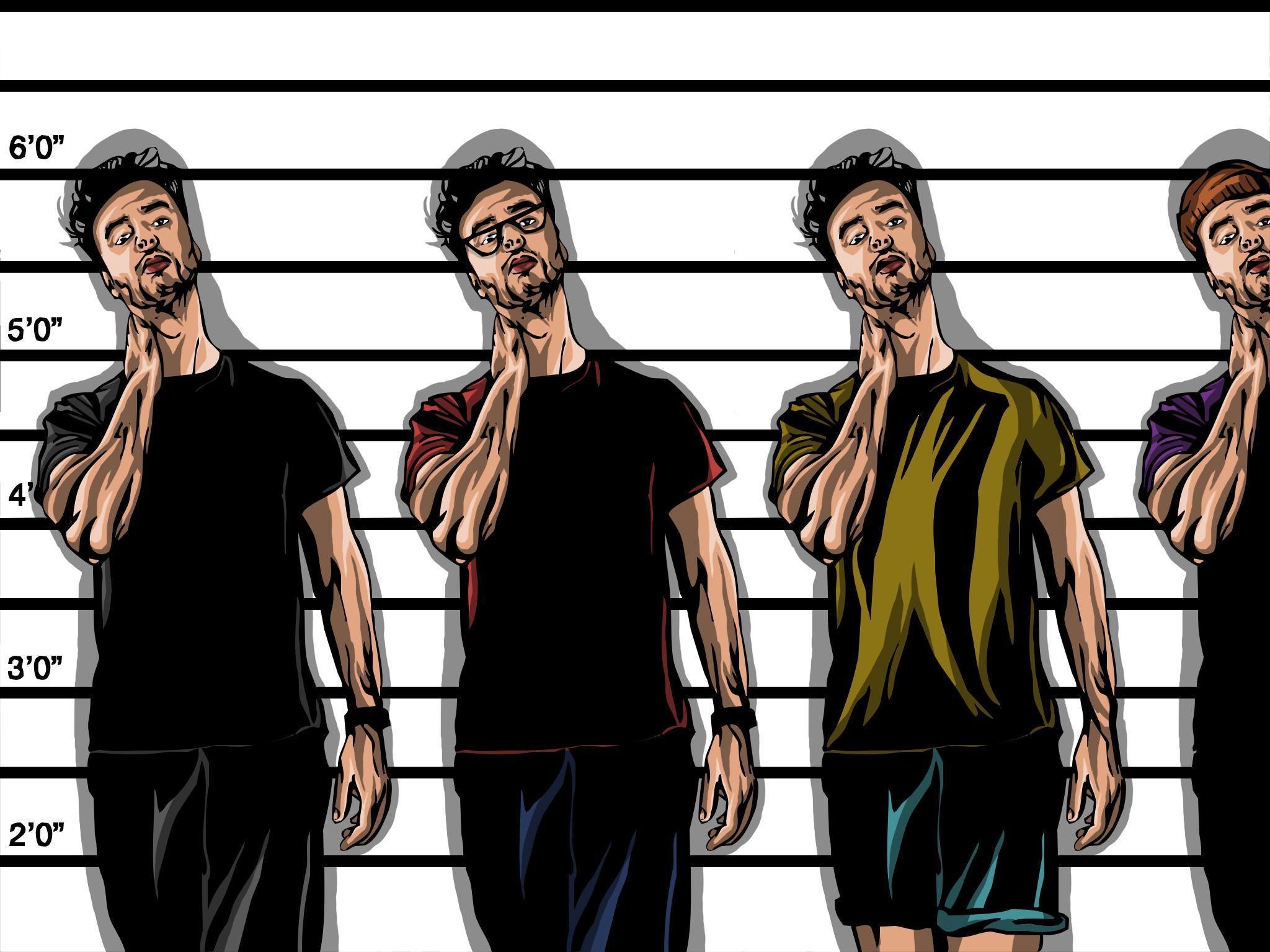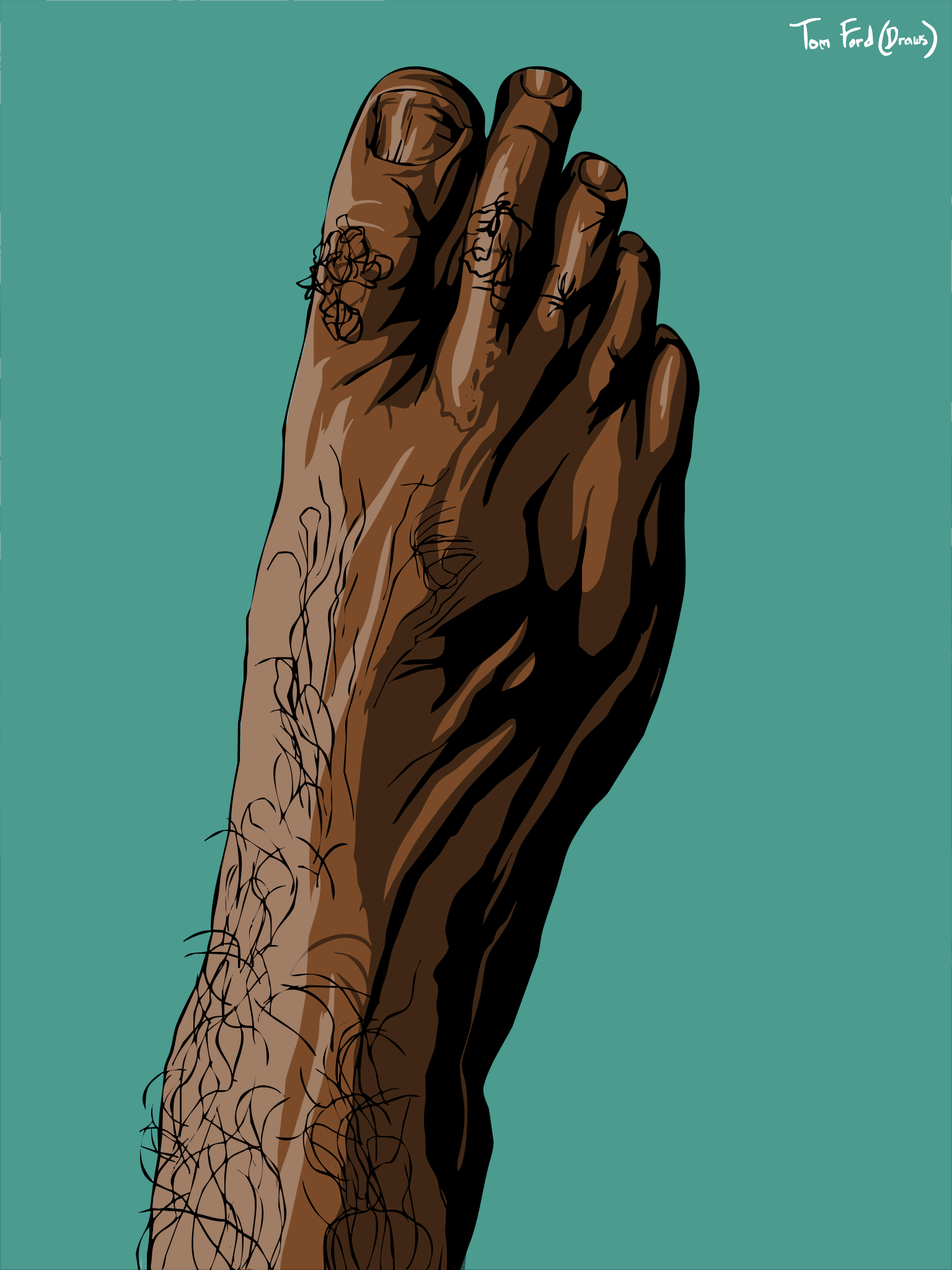Why it might be outdated to ask ‘what's your type?’
Continuing her series tackling socially unacceptable questions, Christine Manby looks at one which is guaranteed to cause embarrassment – if not outright offence


What’s your type? I mean, of course, what kind of person would you like to go to bed with? Now we’re no longer in the 1970s, it’s a question guaranteed to cause embarrassment if not outright offence because it implies the reduction of people to categories: age, race, size, gender, occupation, income bracket, looks good in wellies... Thus most people, when asked if they have a type, would probably deny that they do. And yet most of us know someone who absolutely does have a type, don’t we? In every social circle there’s always one person with a cavalcade of identical exes, causing total havoc at those kitchen supper parties.
“Is that one Jacqui or Jill?” you whisper to your own utterly individual partner as you plate up the same risotto you made last time.
The celebrity world is full of examples of identikit dating and marriages. Melanie Hamrick, mother of Mick Jagger’s youngest child, could be his former partner, the late L’Wren Scott’s little sister. Three of director John Derek’s wives – Ursula Andress, Linda Evans and Bo Derek – might as well have been triplets. Liz Taylor’s seven husbands had remarkably similar mouths. Has Rod Stewart ever married a short brunette?
Amongst the younger cohort of celebs, there’s Katie Price. I’ve given up trying to differentiate between her perpetually changing roster of perma-tanned cage fighters. Leonardo Di Caprio is a notorious serial modeliser. Meanwhile Prince Harry certainly seemed to have a type until he met Meghan.
The Duchess of Sussex couldn’t be more different from the parade of blonde-haired Sloaney types that went before her, right? That’s what I thought. Wrong. Look more closely. Foot-reading expert Jane Sheehan suggests that the similarities between Meghan and Harry’s exes Cressida Bonas and Chelsy Davy may be right beneath our noses. Yes, that’s right. Look down. They’ve all got the same kind of feet!
What makes for that click? There’s the rub. It comes down to the other person being a certain type again. Not a physical type maybe, but a psychological one
A quick survey of photographs of the three women in sandals reveals that Cressy, Chelsy and Megs all have what is known as “Morton’s toe”. For people who aren’t regulars on foot fetish sites, Morton’s toe refers to a foot shape where the second toe is spookily elongated in comparison to the big toe. It causes endless problems when trying to buy comfortable shoes but on the plus side, according to the foot-reading fraternity, it also denotes a strong personality with leadership skills.
Utter bunkum of course. Some 20 per cent of the world’s population have Morton’s Toe and not all of them are in senior management. But joking aside, perhaps the foot readers have inadvertently hit on the real point about “types”. It’s not about the matching bunions but what they represent.
When we speak about “having a type”, it’s taken for granted that we’re talking about a partner’s physical attributes and that’s why it’s a point of honour for many people that they don’t have a “type” at all. They’re not that shallow. They’re equal opportunity daters who judge each and every potential date on individual merits. They’d be happy to go out with anyone of any appearance or any background whatsoever providing they felt that elusive “click”.
But what makes for that click? There’s the rub. It comes down to the other person being a certain type again. Not a physical type maybe. Not someone who does a particular job or has a specific income bracket or listens to the kind of the music you like. But a psychological type for sure.
If you really think you don’t have a type, take a look back over your romantic history and look for patterns of behaviour rather than similarity of eye colour. Maybe your last three partners all looked completely different, had different occupations, came from completely different social backgrounds, but they were all arrogant. Or maybe they were all controlling? Or all narcissists?
The prevailing view is that it all goes back to when we were children. It’s not just physical preferences that are set early on. Each of us grows up imagining that our family is the way all families are. When we’re too small to strike out on our own, we can only mould ourselves to the situation we’re in. Our beliefs and attitudes about just about everything are modelled on those of the adults around us. So we grow up believing, for example (pulling some stereotypes out of a hat), that women never shout, men never cry, physical expressions of affection are distasteful etc etc. It might not be right but it’s our normal and our normal is what feels right to us
As adults then, what we’re subconsciously looking for in a partner is someone with whom we can recreate the familiar patterns of our childhood. But not just someone who will be happy to celebrate holidays in the same way or eat the sort of food our parents cooked. We’re talking about finding someone who will help us recreate the psychological sensations we experienced growing up. Even the painful ones. Thus people who were dominated by a parent may look for a domineering partner to recreate that dynamic. Those who were raised in emotionally cold households may look for someone emotionally unavailable. People who were abused as children frequently find themselves in abusive adult relationships.

Why would anyone let that happen to themselves? Why wouldn’t you just choose someone nicer? There’s a theory that going into partnership with someone with whom we can recreate the worst of our upbringing as well as the best of it appeals because our subconscious views it as an opportunity to get things right this time, with our partner standing in for a parent. When we were children, we had no control. As adults, we hope to have that control at last. This time we can be the one who comes out on top.
The chance of a “do-over” may also be the subconscious reason why people leave their spouses for someone who seems very similar. Though since the divorce rate for second marriages is even higher than for first marriages, it suggests it’s not a strategy that works.
What’s the definition of insanity? Doing the same thing over and over and hoping for different results, of course. Most of us recognise that. But if your template for the “right” type of partner is doing you no favours, is it possible to break the pattern and fall for a different kind of person? Fortunately, it might be.
A recent study from the University of California, Davis analysing more than 1,000 heterosexual couples and their relationship histories revealed that in actual fact, the reason why people end up dating a “type” is not anything more complicated than circumstance. Despite the rise of apps like Tinder giving us the impression that the whole dating world is our oyster, most of us end up looking at just a small corner of it. We choose our dates from the people who live nearby. People who went to the same university. People who work in the same industry. Out of laziness and convenience we end up fishing in a remarkably homogenous pool again and again and again.
So to find someone different, a good way to start is perhaps to look somewhere different. At least expand the Tinder range by another tube zone. And if you suspect that history is repeating itself all over again, you could always take a look at their feet. Are those the ingrowing toenails of a narcissist?
Christine Manby has written numerous novels including ‘The Worst Case Scenario Cookery Club’
Join our commenting forum
Join thought-provoking conversations, follow other Independent readers and see their replies
Comments